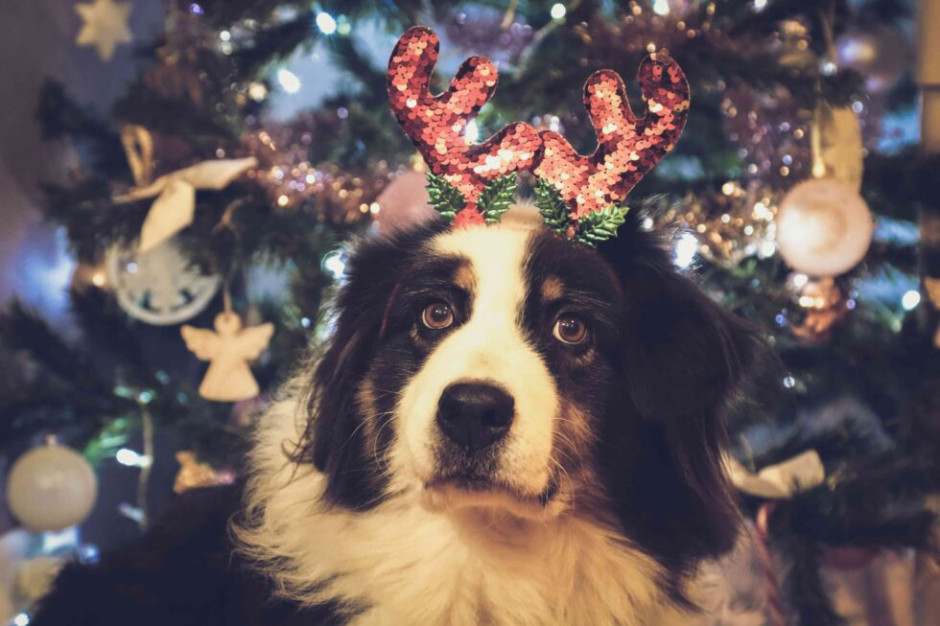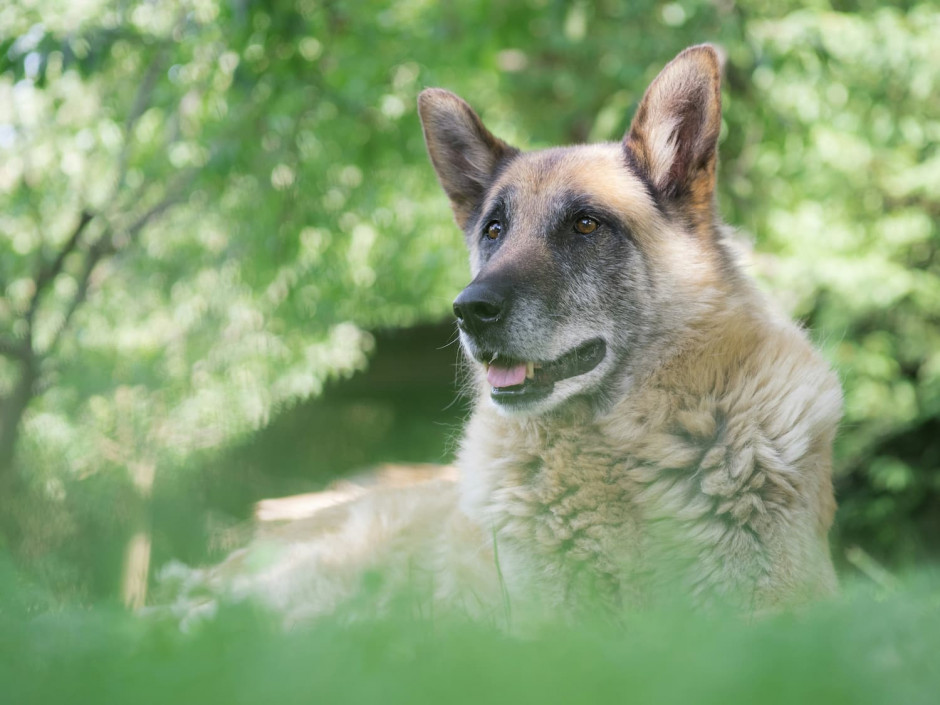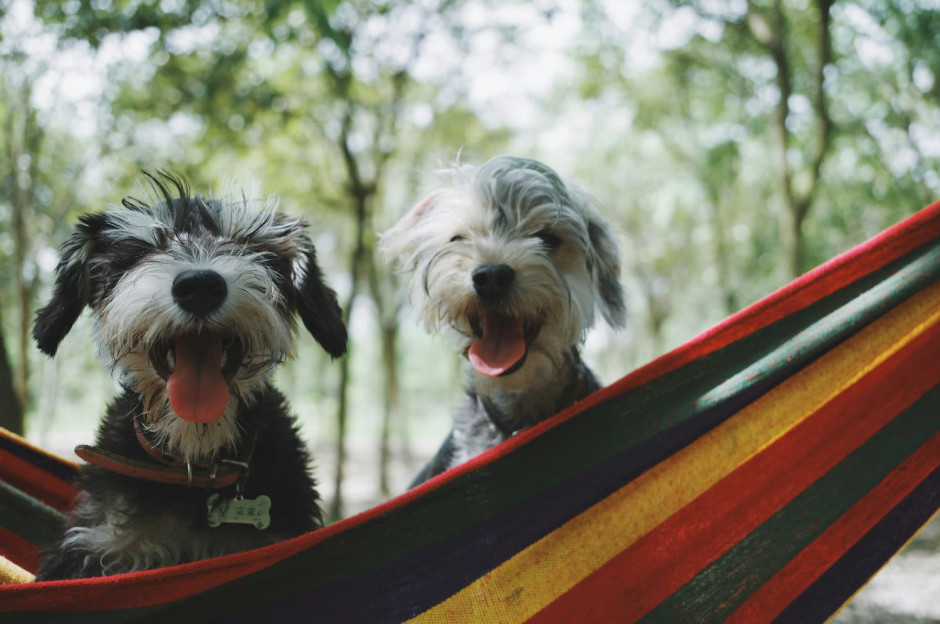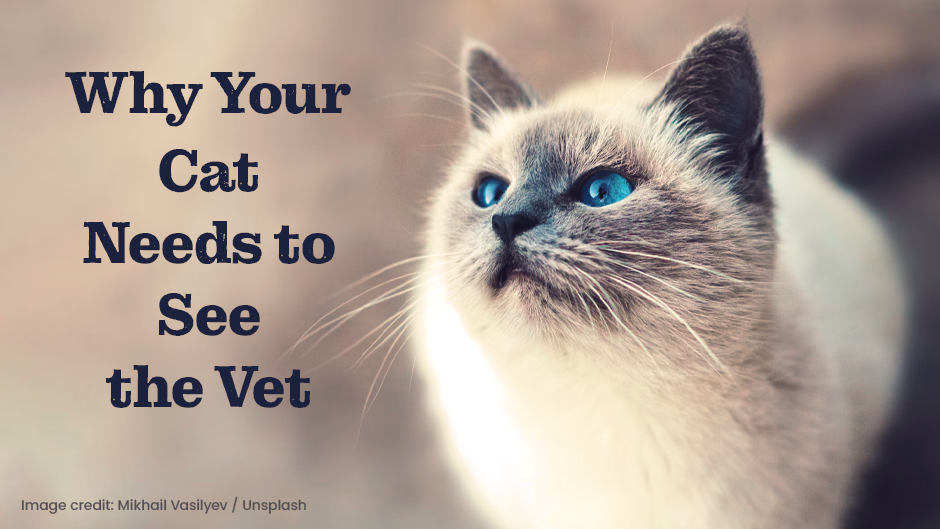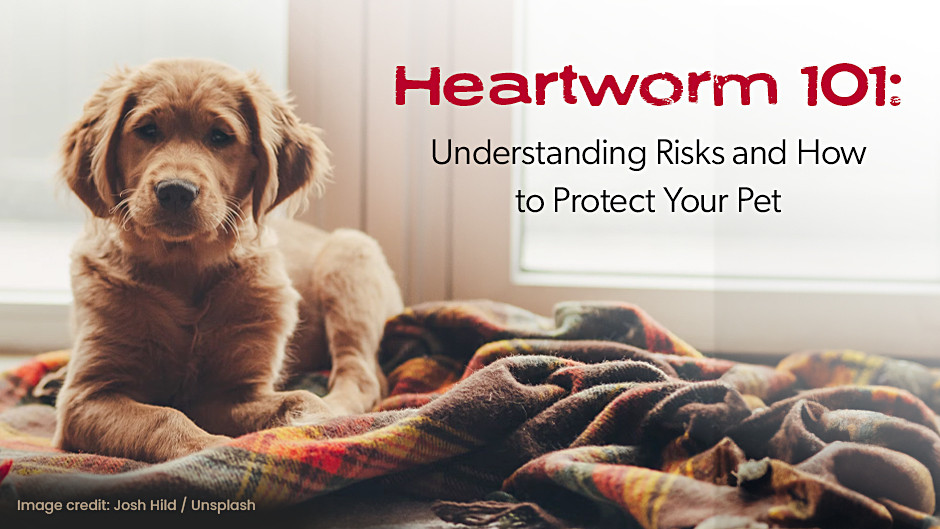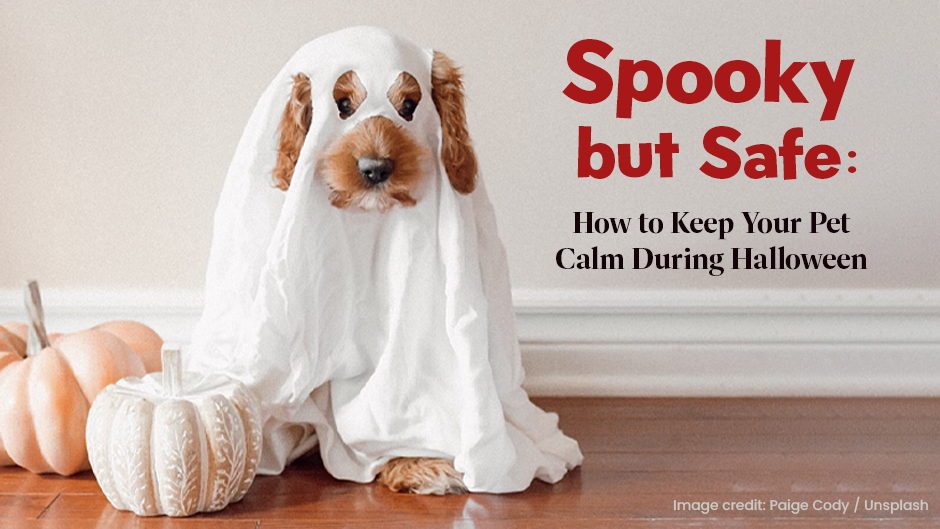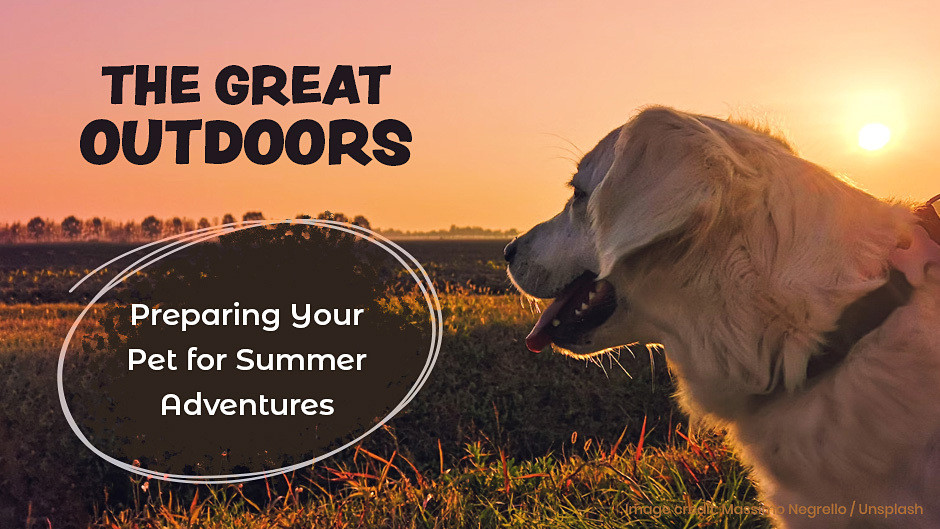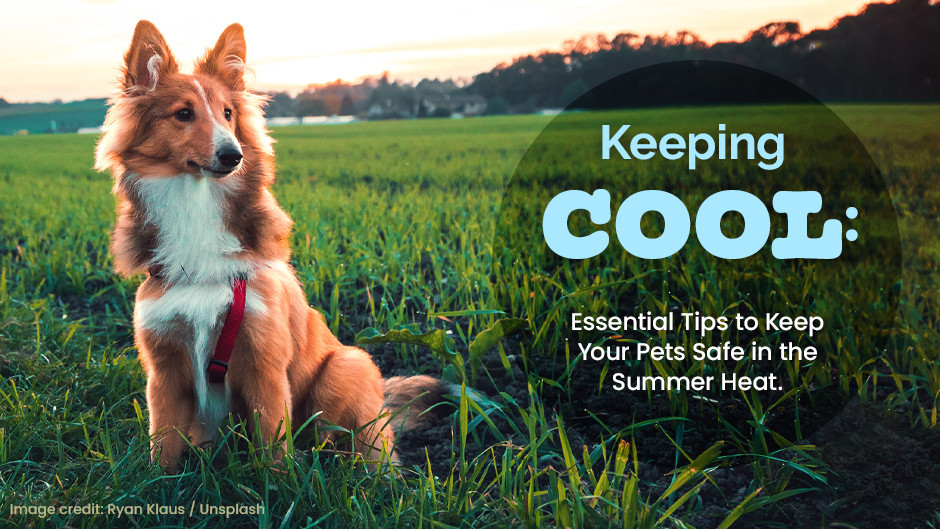Pet Health Articles
How Much Water Does Your Dog or Cat Need?
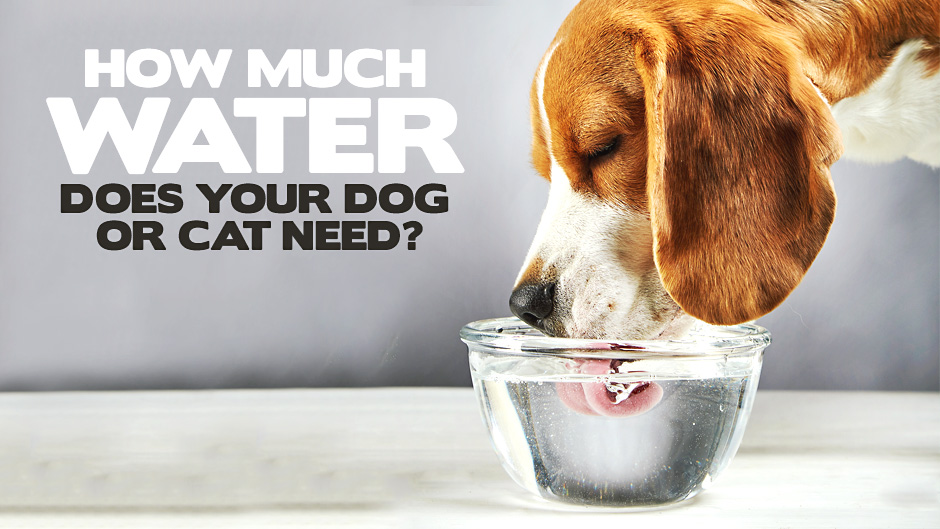
It's summer, and that means my dog and cat friends are more thirsty than usual. It's important that we can access fresh, clean drinking water at regular intervals throughout the day. Since it can be hard for you to know how much to provide us, the staff at Buffalo Companion Animal Clinic created these guidelines.
Water Quantity
A good rule of thumb is to make one-half to one cup of water per pound of body weight available to your dog each day. For cats, the ratio is 60 ml of water per pound of body weight. They need far less water than dogs and people due to their smaller size. Some other factors to consider when providing water to your pet include:
• Season: As mentioned above, the heat and humidity of summer means that your pet can quickly become dehydrated without enough water. To prevent this, make sure the amount of water you offer is on the higher end of the above ratios.
• Medication: Some medications make your pet thirstier than usual. Be sure to ask your pet's regular veterinarian about adjusting the amount of water you offer your pet based on her medications.
• Age: Puppies and kittens need water at least every two hours while older pets can pace themselves when it comes to water consumption.
• Exercise: When you walk your dog or engage in vigorous exercise with him, offer water immediately afterwards to replace lost body heat.
• Diet: Dogs and cats who eat mostly dry food need more water than those whose diets consist mainly of wet food. It's important to avoid buying food with a high concentration of sodium and other ingredients that increase thirst.
Helping Pets Who Consume Too Little or Too Much Water
If your dog or cat doesn't drink enough water, it can cause dehydration, organ failure, kidney stones, or even death in severe cases. On the flip side, over-drinking can cause stomach bloat, electrolyte imbalance, and water toxicity. It can also be an early indicator of diabetes. To help the pet who under-drinks, be certain to place her water bowl near her food and other places she normally goes during the day. Offering plenty of praise can also help to modify her water-drinking behavior. You can also consider adding a packet of flavoring to the water if nothing else seems to help.
For the dog or cat who drinks too much water, try putting out a smaller bowl. You will need to refill the bowl more often throughout the day, but at least you will know how much he is drinking. To help satisfy your pet's thirst, allow him to lick the condensation off water bottles if you feel comfortable with it. This can prevent him from lapping up an entire bowl of water. Placing a rabbit feeder in a dog's crate at night can also help.
If you're concerned that your pet is suffering the effects of too much or too little water consumption, please schedule an appointment at Buffalo Companion Animal Clinic. We will complete an exam and let you know if she is displaying specific health problems. Our veterinarians can also assist you further with making sure that your dog or cat has just the right amount of water each day.
Photo Credit: Magone / iStock Photo
